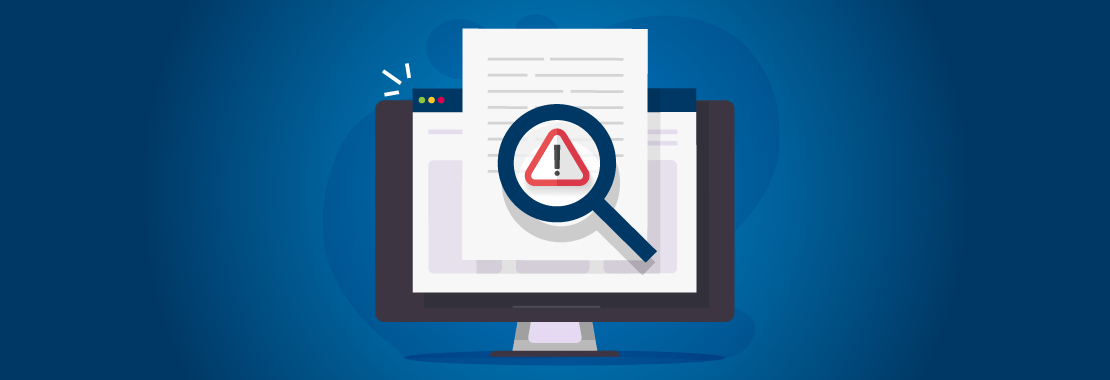Elyse Adler is an Assistant Professor of Information Technology
Preventing and handling cheating is a topic instructors usually don’t like to deal with. Still, it must be considered and discussed pretty regularly. It is important that we establish exactly what constitutes cheating with our students, communicate the class/school policy with them and monitor their work for cheating. It is equally important that we consider what is ethical in regard to how we approach and handle this impropriety.
In our classrooms, whether virtual or face-to-face, students always have the opportunity to cheat. Of course, this doesn’t make it right. As faculty, we are faced with the dilemma of how to structure our courses and our assignments to reduce (dare I say eliminate?!) cheating. Then if a student does cheat, we need to handle the situation fairly and according to our institution’s policies and procedures. But are we approaching this in an ethical manner?
Are plagiarism checkers always ethical to use?
Most, if not all, of us use technology in our courses. One of the technologies we might use is some form of a plagiarism checker; this could be SafeAssign, Turnitin, Copyleaks or a detection feature built into our courseware. Essentially, these detection technologies scan student work and compare it to sources available online, indicating if the student has taken work from another source. Some plagiarism checkers will also add the student’s work to a database that will allow it to be checked against other students’ work in the future.
An article by Dr. James Orr and Dr. Jessica Beckett details concerns raised about the ethicality “over the rights such software companies maintain over student work that is stored in their databases.” While this is a concern that should be considered and discussed, “the US Court of Appeals has ruled that such contributions to a database fall under fair use, because they are only being referenced for comparison… none of these software companies maintain copyright to student work.” Students may be concerned about their privacy, but we should be explaining why academic integrity is so important. A student who cheats their way to a degree is putting themselves at a huge disadvantage once they reach the workplace.
Are there more ethical alternatives to prevent and address cheating?
Our responsibility as instructors is to ensure that we are explaining to students exactly what the definition of cheating is in our course, how we plan to handle it and how we look for and detect it. Helping students understand how to properly use source material and cite it within their work is a critical first step in preventing cheating. We also need to make sure we are offering resources to aid students in completing work on their own (think tutoring, time management, test–taking skills) so they do not feel the need to cheat in the first place.
Once we have done these things, we should provide students with tools to check their own work (such as Grammarly) so that they can ensure they are turning in original work. As instructors, we can make slight changes to assignments or require unique elements so that students are not able to cheat. Cheating detection software and plagiarism checkers can be used to verify academic integrity, but it should not be relied upon above other prevention measures.

